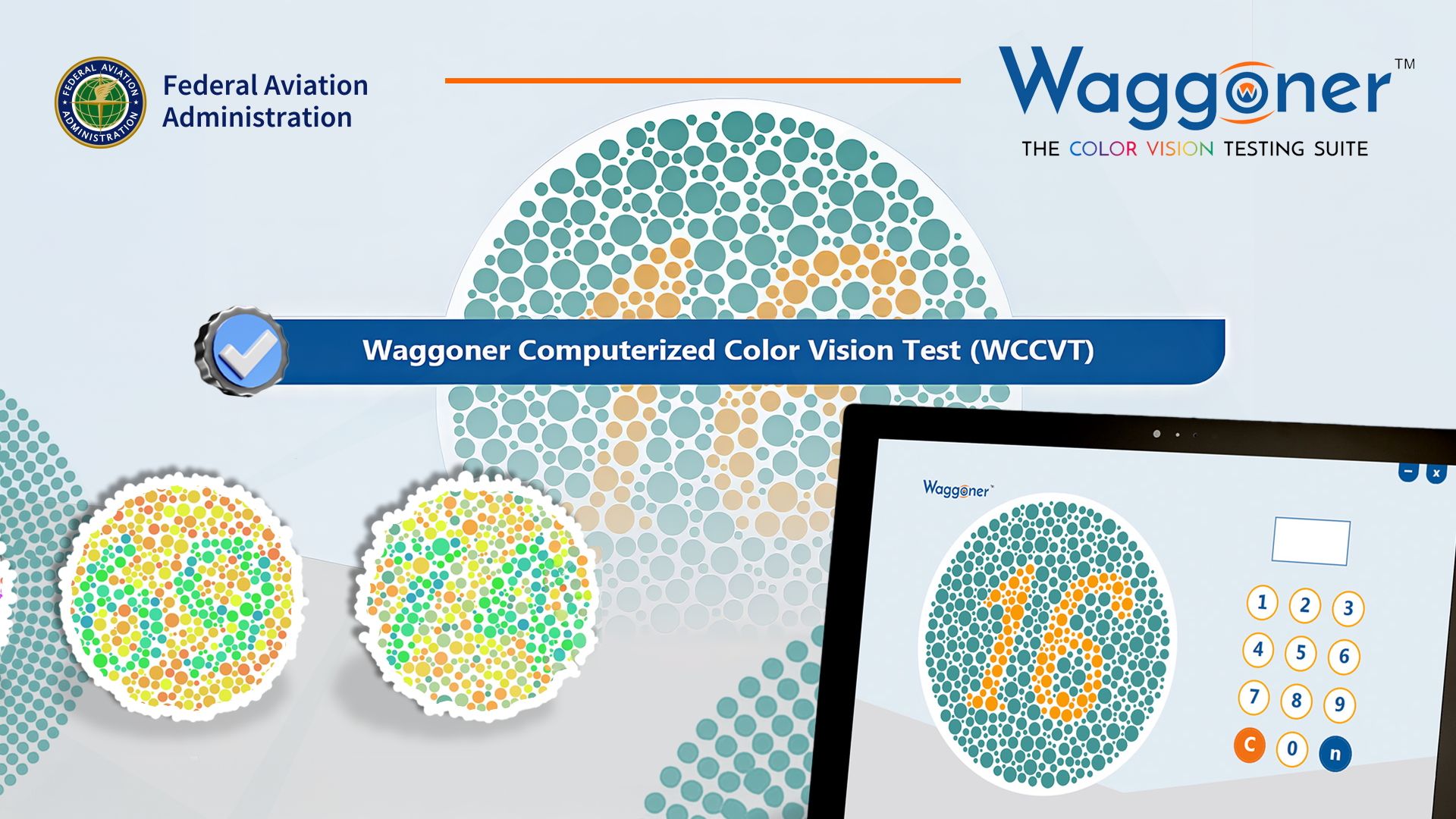In 2025, the Federal Aviation Administration will accept only three color vision tests. Waggoner’s is one of them.
The Federal Aviation Administration’s (FAA) latest update to color vision testing policy marks a pivotal moment for aviation safety—and Waggoner Diagnostics (Arizona, United States) is at the center of it all.
Starting January 1, 2025, the FAA will only accept three precision color vision tests, and one of them is the Waggoner Computerized Color Vision Test (WCCVT). The decision reinforces Waggoner’s role in providing research-backed color vision assessments for critical industries like aviation.
T.J. Waggoner, CEO of Waggoner Diagnostics, emphasized the company’s commitment to aviation safety.
“With our many years of color test development, experience in color vision research and previous work with many branches of the US Military and the FBI, we know we can offer the precision testing the FAA requires. The FAA has taken a significant step in ensuring that color vision testing accurately reflects the demands of modern aviation.”
What is the Waggoner Computerized Color Vision Test?
Waggoner Computerized Color Vision Test is a comprehensive, all-in-one color vision testing suite designed for a wide range of users—from school nurses to the U.S. Military and aviation medical examiners.
According to Waggoner Diagnostics, this system not only identifies both genetic and acquired color vision deficiencies but also determines the type and severity of the condition with unmatched accuracy.
It also incorporates Color Vision Testing Made Easy, which the company describes as the gold standard for pediatric color vision testing, ensuring early detection of color vision deficiencies.
Beyond aviation, WCCVT is also used to identify diseases and detect toxic substance exposure through its acquired color vision test. It also features one of the shortest testing times for individuals with normal color vision, making it an efficient and effective tool across various fields.
Why the change in FAA’s safety regulations?
Aviation technology has evolved rapidly, and today’s cockpits rely heavily on color-coded displays, radar systems and navigation tools. But not all pilots see color the same way—and outdated tests weren’t always catching those with deficiencies. The FAA’s updated policy aims to fix that, ensuring pilots have the necessary color vision to fly safely in today’s high-tech environment.
This shift is also backed by research from the National Transportation Safety Board (NTSB), which has long called for improved color vision screening. A key case driving this change was FedEx Express Flight 1478’s crash in 2002, where a pilot’s color vision deficiency led to misinterpretation of PAPI landing lights, resulting in a dangerous misalignment on approach.
These concerns over inconsistencies in traditional color vision tests prompted the FAA to seek more standardized, scientifically validated solutions.
Supporting the future of aviation safety
With the FAA’s new policy in place, Waggoner Diagnostics is ready to support aviation medical examiners and ensure that every pilot meets the highest standards for color vision acuity. As aviation technology advances, so must the testing that keeps pilots and passengers safe.
“Waggoner Diagnostics is proud to support the FAA in their efforts to implement these updated testing standards to ensure we continually improve the safety of our skies,” says T.J. Waggoner, CEO of Waggoner Diagnostics.
Editor’s Note: This content is intended exclusively for healthcare professionals. It is not intended for the general public. Products or therapies discussed may not be registered or approved in all jurisdictions, including Singapore.
